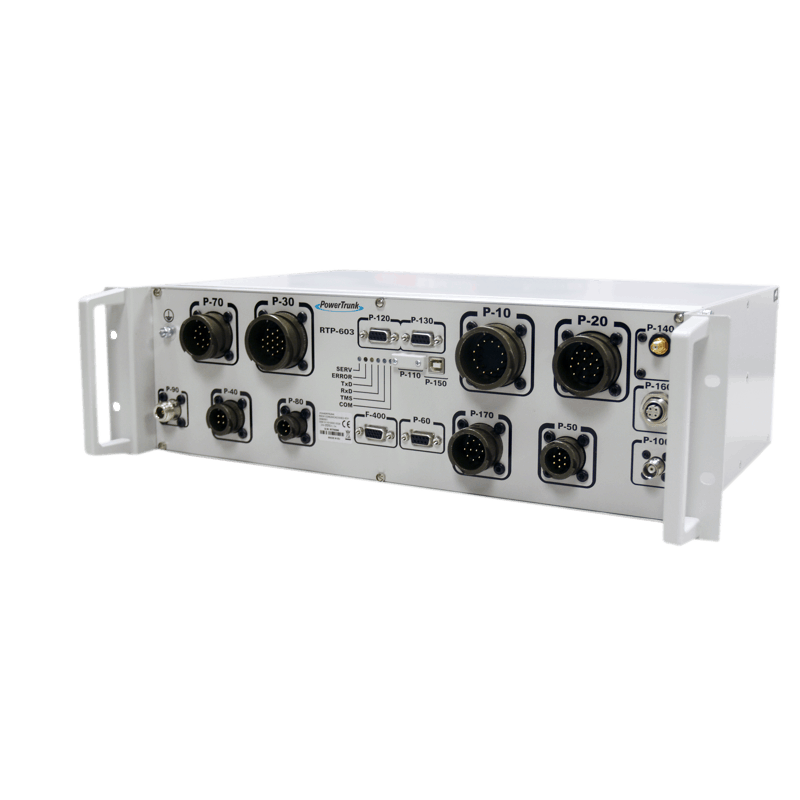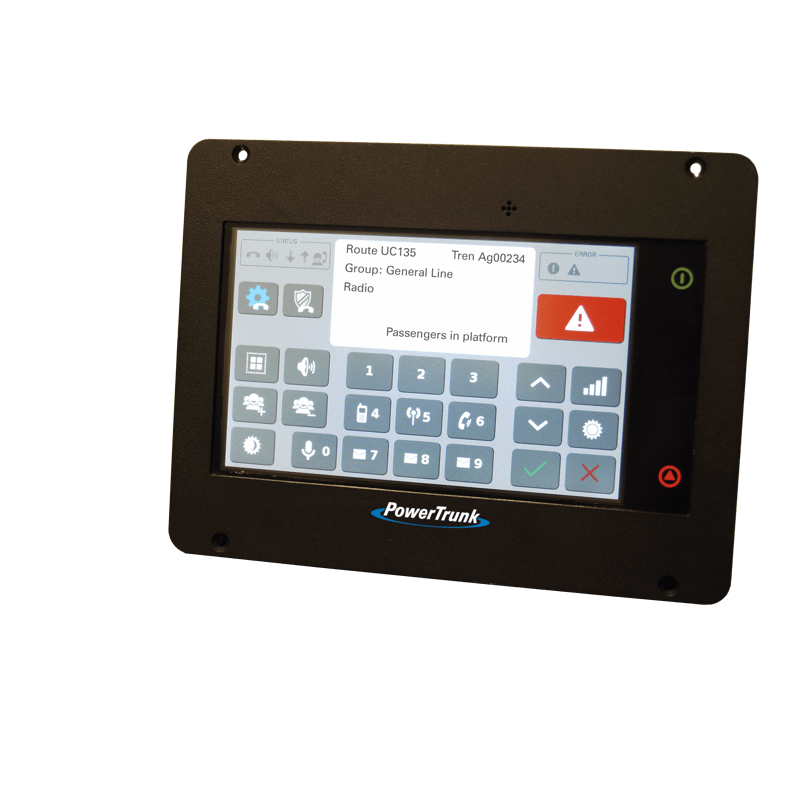Special attention was particularly given to assuring indoor TETRA network coverage for the major transit hubs in the area handling the thousands of passengers to be traveling on game day to and from the Met Life Stadium where the Super Bowl was held. NJT’s Secaucus Junction Station was the most vital of these, being the hub through which all passengers had to pass before reaching the end of the line at the stadium. Across the Hudson River in New York City, indoor TETRA stations were likewise installed for New York Penn Station and the Port Authority Bus Terminal.
The Academy Bus Company provides service for NJT in the New Jersey and New York areas, and in fact its base station was one of the busiest sites of the entire TETRA network for the Super Bowl.
In addition to adding network capacity and deploying the in-building TETRA stations to expand the TETRA core network and the bus and light rail terminals already in operation, NJT’s Super Bowl Emergency Operations Center (EOC) was equipped with PowerTrunk MDT-400 TETRA radio equipment integrated with Telex IP-223 gateways for use with the Telex C-Soft console solution. This, together with about 300 PowerTrunk HTT- 500 TETRA portable radios, allowed NJT Customer Service “Ambassadors” and Bus Operations personnel to effectively communicate over the TETRA network to control the flow of and provide assistance to visitors and travelers during the event.
Furthermore, the GPS modules of the handheld and mobile TETRA radios and the use of PowerTrunk’s Synchronous Data Manager (SDM) application enabled NJT dispatch operators from their Maplewood control center and certain other key locations to monitor the movement and positions of all TETRA users in the network in real time, enhancing security.




